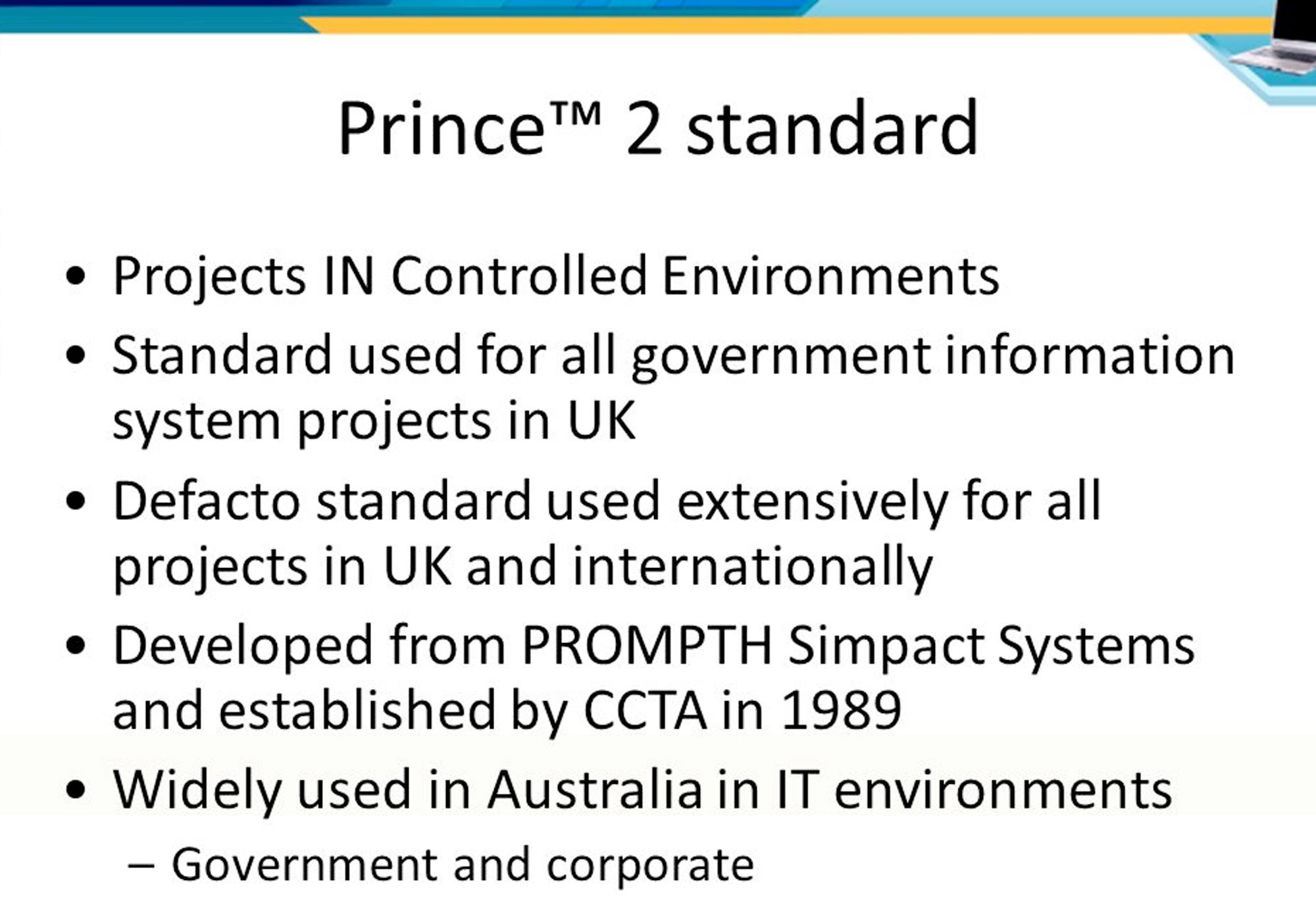27 Jan What is Project Assurance ?
Project Assurance is a term used to describe an impartial assessment of a project (or programme). The outcome of the assessment is to make a set of recommendations that are critical to the successful delivery of the project.
According to the UK
Office of
Government and
Commerce (OGC), Project Assurance helps manage risk and improved delivery confidence. Project Assurance can provide funders and other
stakeholders with the confidence that the project can deliver to time, budget and quality. This, they called the Project Assurance Function.
The actual term Project Assurance was first used in PRojects IN Controlled Environments (PRINCE). Assurance is about checking that the project remains viable in terms of costs and benefits (business assurance), checking that the users’ requirements are being met (user assurance), and that the project is delivering a suitable solution (specialist or technical assurance).
PRINCE2 separates the Project Assurance function from the Project Support function. The Project Board as defined in PRINCE2 have responsibility and accountability for Project Assurance. Depending on the size, scope, risk and profile of the project, and their own knowledge, skills and time available, they may choose to delegate responsibility for Project Assurance to others within the organisation or engage external specialist.
However, accountability for Project Assurance rests with the Project Board and they are not able to delegate this. Project Assurance may not be delegated to the Project Manager.
Overtime, the term has expanded in its use to a more complete solution. It is now recognised that a review of hard disciplines (methods, tools, processes) and soft skills (
leadership,
people management) need to be extended to include elements such as the context, content and complexity of a project and its environment – with appropriate levels of granularity and precision – to identify critical success factors and barriers to success.
The objective of the Project Assurance Assessment is to provide an objective assessment of the project and identify risks that may prevent it to successfully meeting the business objectives.
The findings of a typical Project Assurance Assessment are presented in a report which addresses the following key aspects of the projects:
• Clarity of business objectives
• Project Governance
• Progress against the contractual commitments
• Cost/schedule performance against baseline project master schedule
• Project management processes and maturity
• Analysis and evaluation of environmental, organisational and project risk
• Major issues requiring attention
• Recommendations.
An independent Project Assurance Assessment can provide senior executives with early warning of the contract risks and potential consequences. This will provide executives with the opportunity, where necessary, to initiate effective and timely corrective action to prevent disputes and litigation.
Next in the series: More of Why and When you must use Project Assurance ?
Related Posts
What Makes a Happy Business?
Know more of our IMPLEMENTATION capabilities. In management discussions, we often talk about culture and how important a strong,
The world of business technology is complex and ever changing. Our team reflects this diversity and ever changing blend of expertise with new team members and specialists joining our team. Our collaborative approach, thoughtful leadership and pursuit of excellence will create a dynamic force within your organisation, working with your team, that gets you where you need to go.These articles are authoured by some of the Information Professionals who will help you grow your way.
Relevant Case Studies
Integrated Councils
Three Councils were seeking to accelerate their digitisation by coming together to define an agreed Shared Ser
A Region Water Alliance
A group of five water utilities wanted to assess opportunities in realising the innovation and digitisation be
A new government department
A new government department formed by the merger of several existing departments had inherited a number of out
A QLD Department
The Departments under the CIO oversight required a coordinated direction and strategy to deliver IT Services a













